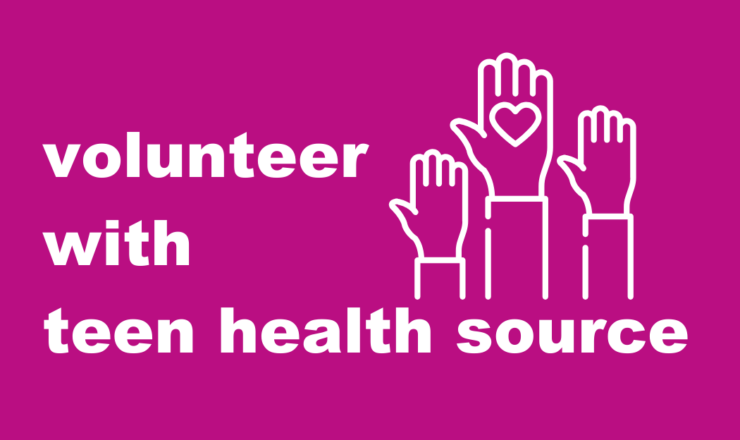

When it comes to preventing pregnancy, who is responsible for birth control? Even though pregnancy requires someone with sperm and someone with eggs and a uterus, it often ends up being the person who can get pregnant who has to get the prescriptions, go to the pharmacy, or bring birth control up in conversations with partners. There are probably lots of reasons for this, but one factor is definitely the variety of methods available for people with penises.
Other than condoms or vasectomies, people with penises tend to not have as many birth control options as people with vaginas and uteruses do. This article goes over some of the other methods in development, reasons why there aren’t more options, and ways partners can work together to over come this inequality.
Below is the list of birth control methods currently available for people with penises. While people with penises can participate in other methods (see below for our discussion on that), these are the only methods that people with penises have a measure of control over doing themselves for their own bodies.
External Condoms are condoms that people can put onto penises or sex toys during penetrative sex acts. These are a barrier method that prevents the exchange of sexual fluids, and are the only birth control method to also prevent against STIs. Check out these pages for more information on External Condoms:
Withdrawal, also known as Pulling Out, involves the person with the penis removing themselves from their partner’s vagina before ejaculation. If the partners want, they can reach orgasm/ejaculate through oral sex, masturbation, or using sex toys. Check out this page for more information on Withdrawal:
A vasectomy is a surgical procedure where a person’s vas deferens is cut and tied or sealed. This prevents the flow of sperm during ejaculation. While vasectomies can be reversed, they are largely considered a more “permanent” method of birth control. Check out this page for more information on Vasectomies:
Below are a selection of birth control methods that have been said to be in development, some for decades and some for only a few years. It is unclear how close any of these are to being actually commercially available. Some resources say they’re still in various testing phases, and some articles say development has stalled due to a lack of funding. For the purposes of this article, these are just some examples of the kinds of things people are imagining.
RISUG stands for Reversible Inhibition of Sperm Under Guidance. It’s a polymer gel that’s injected into the vas deferens. It’s positively charged, which damages the heads and tails of negatively charged sperm that pass through it, making them unable to cause pregnancy. RISUG is non-hormonal, and is said to be 99% effective at preventing pregnancy for up to 10 years. It it also reversible, and can be undone by an injection water and baking soda into the vas deferens to flush out the gel. As of 2019 it was till in the testing stage.
Another version of this is called the Intra-Vas Device (IVD). This injects a substance into the vas deferens that is designed to filter out sperm as semen passes through the vas deferens.
There are a few different pills being researched, each doing slightly different things:
There have been some studies on the effects of different kinds of synthetic testosterone and progestin injections, which have shown effectiveness in reducing sperm production and/or stopping the production of fertile sperm.
This method also contains synthetic progestin, but it is absorbed into the body through the skin instead of being injected.
It’s hard to know! Some of these methods have been in testing for decades, while some are said to have stalled due to a lack of funding.
Another reason which is less obvious seems to be that researchers are asking for a lot in developing an “ideal” new method. People want a method that is cheap, easy to use, free of serious side effects, easily available, and reversible. Some of the current studies have noted that side effects such as acne, weight gain, altered sex drive, mood changes, as well as potential impacts to the liver, may all be more than what consumers are willing to risk.
The contradiction you might be noticing is that the side effects and costs listed above are already what people with uteruses are expected to deal with when using different birth control methods. The thought is that people with uteruses are willing to endure more inconvenience or discomfort because the impact of pregnancy can be so much more inconvenient and uncomfortable by comparison.
This speaks to a double standard in society, where the worry of pregnancy is more strongly felt by the pregnant person. There is not inherently wrong or unhealthy with being pregnant, but being pregnant can impact a person’s physical health, mental health, finances, job opportunities, social network, etc. This is a clear imbalance if people with penises are not willing to use or are not given the tools to take an equal share of the responsibility that comes with sex where there is risk of pregnancy.
If you are someone with a penis, here are some ideas of things you can do to help contribute a fair share to pregnancy prevention:
| Language Note |
|
If you have questions about this topic, feel free to contact one of our peer educators. [Link]
Last Updated: March 2022

Please note that the number we use for texting has now changed. Any text messages sent to our old number will not be read or received. We can be now reached by text at 647-905-6455. Currently we are only able to receive text messages during the times that our lines are open which are: Monday to […]

Teen Health Source is recruiting volunteers aged 16 to 19 in the GTA to become peer educators!

Planned Parenthood Toronto did a Youth Sexual Health Needs Assessment this year. Here are the results! In infographic form!!!